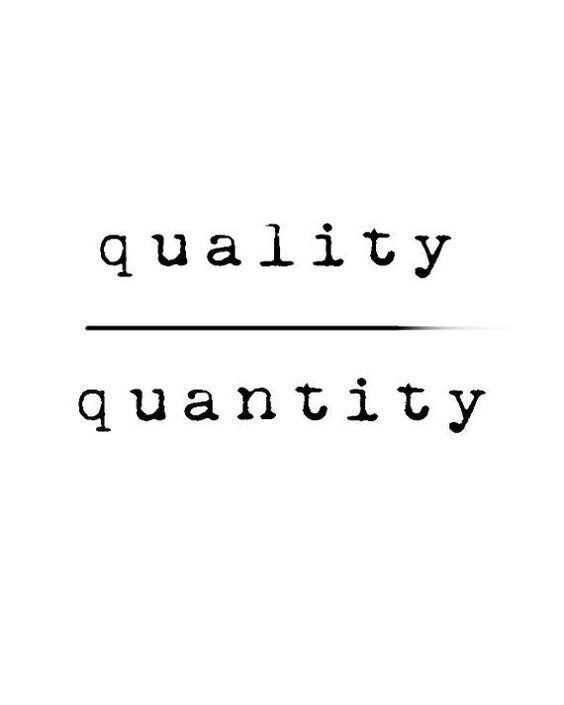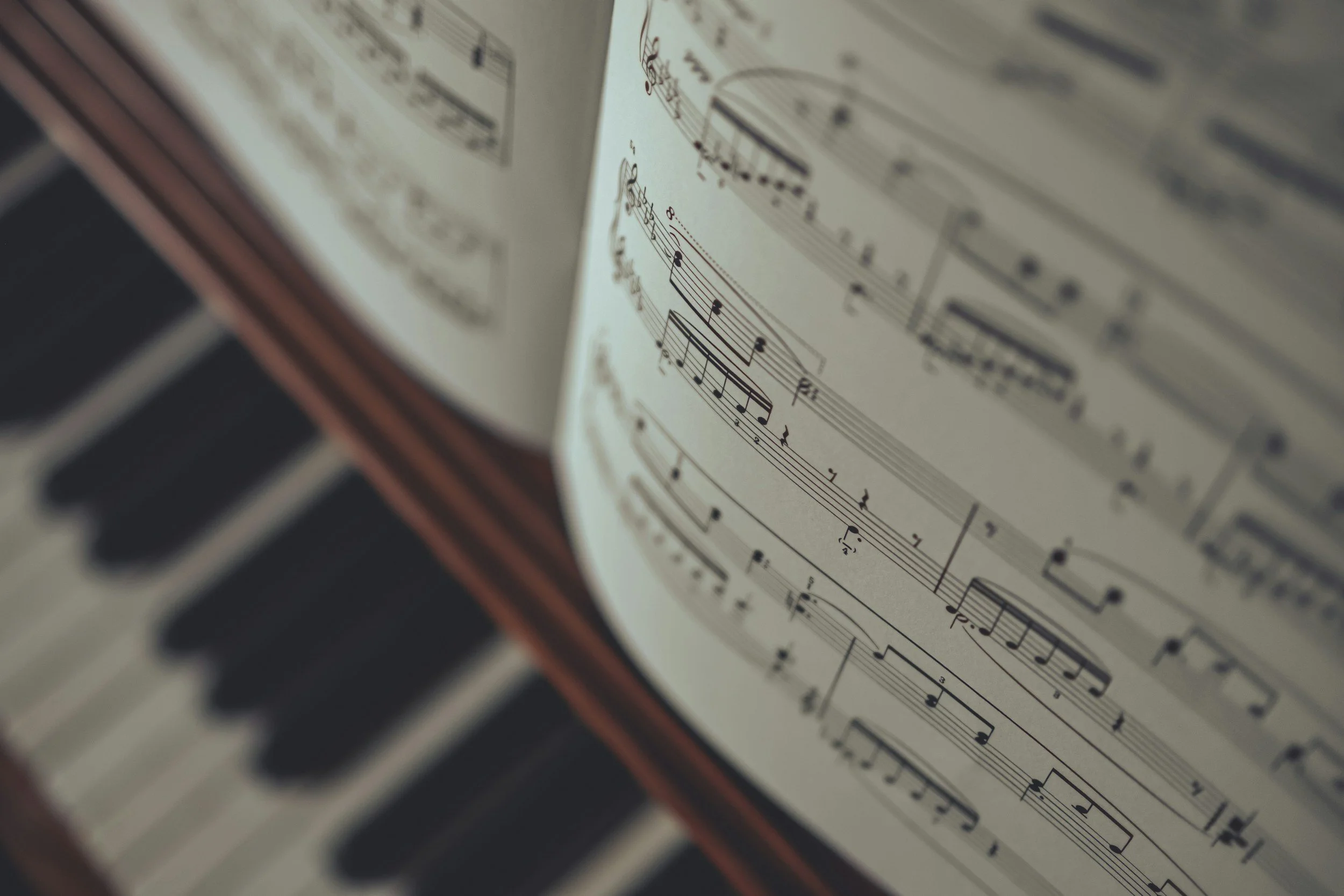I first remember being introduced to the concept of muscle memory by the famous oboist, Alex Klein. Mr. Klein was the Oboe Marathon master class technician and had served as the principal oboist of the Chicago Symphony Orchestra.
His journey as it relates to this post began when he was diagnosed with focal dystonia. Focal dystonia is a neurological disease that affects transmissions from your brain to your muscles. Mr. Klein resigned from the symphony, spent a few years relearning to play the oboe despite his disease, and then amazingly re-won the principal oboe position.
Accomplishing this feat has made him a truly unique oboe legend. While Mr. Klein battled a neurological disorder where he tricked his brain into thinking he was doing something new, his teachings awakened the interest of muscle memory into many oboists.
Alex Klein, playing with the CSO in 2002 after being diagnosed with focal dystonia in 2001.
Source: https://www.chicagomag.com/chicago-magazine/february-2017/oboe-alex-klein/
What is Muscle Memory?
Muscle memory is the ability to move a part of your body without thinking about it, learned by repeating the movement many times.
Dr. Johnstone, a Doctor of Philosophy student, steers away from a misnomer, clarifying that muscle memory occurs in the brain, with the effects being on our physical movements. She further defines muscle memory in her article as: “the ability to move a part of your body without thinking about it, learned by repeating the movement many times.” Everyday examples of muscle memory include the ability to ride a bike or sing a musical tune.
Muscle Memory & Music
Some things we do in music come naturally and might even be described as easy. Yes, easy. Not all things are difficult thanks to muscle memory. Whether it is being able to find middle C on a piano or play a bar of arpeggios in a solo piece, eventually good practice pays off!
Unconscious procedural memory (UPC) is a type of memory where one is able to perform a task unconsciously without needing to recall past experiences in order to complete it. For example, Dr. Johnstone says that because you can ride a bike, doesn’t mean that you’ll remember where you learned the skill or readily be able to describe how you performed it.
To arrive at this phase of UPC, one most progress through three stages:
The cognitive stage
This is where we think about everything concerning a task. If we are looking at new music, we may go slowly, put space between notes, or group them into small bits that we have practiced in other contexts.
The associative stage
This stage gets easier and is more rewarding. It is characterized by being mostly based on repetition.
The autonomous stage
Once one has reached this stage, playing is much easier. However, the musician must still be engaged with their actions.
If you would like to learn more about each of these stages, read this article.
A Bit About Psychology
The cognitive stage can be a slow, difficult, and sometimes disheartening stage to be in. What you are trying to improve as a musician may be technically difficult, result in a product you think doesn’t yet sound good, and maybe include a screech or squawk.
Because of this, I would like to introduce another source from a non-musician that every musician and student should read. The title of the book is “The Inner Game of Tennis” by Timothy Gallwey.
Gallwey wrote, "Every game is composed of two parts, an outer game and an inner game." The former is played against opponents, and is filled with lots of contradictory advice; the latter is played not against, but within the mind of the player, and its principal obstacles are self-doubt and anxiety.
If you have been in an audition or a student showing up to an ISSMA competition, this book has value.
When I read The Inner Game of Tennis, it felt like a breath of fresh air. I was exhausted at university with having the ‘audition anxiety’ talks. Nobody had the same experiences as I did, and I was hearing hundreds of coping mechanisms that in and of themselves seemed to teach me that I should be more anxious than anything else. Whether you have had that experience or not, I think you will also find refuge in this book.
As Gallwey talks about the inner game, it gives room for your own voice. I could feel which words resonated with me and draw conclusions about strategies going forward.
The book emphasizes two seeds of the inner game: self-talk and preparation. To learn more, please find a copy of this book at your local library or buy a copy. So many of us are involved in multiple activities, so self-talk and preparation is cross-applicable to almost any activity from everyday school contributions to extracurricular endeavors.
My Integration of Muscle Memory
To finish off my contribution, I have included my hot-button bullet points that I utilize personally as well as in my teaching.
Practicing the correct pattern of notes correctly comes first. The goal is to practice correctly to move through the cognitive phase. This can be done by practicing slowly, then speeding up.
The cognitive phase can be slow-going. Quality over quantity is key. If self-talk or tension begins showing up along with more mistakes, it is time to take a break. Try again tomorrow. It doesn’t matter if it has only been 5 or 10 minutes. At least practice something else before taking a step back and trying again.
[Bracket passages] and write down the skill being developed in the student’s assignment notebook.
Change the grouping of technical passages.
Practice sixteenth note passages as triplet passages and vice versa.
Practice eighth note passages as triplet passages and vice versa.
Turn eighth notes passages, or quarter note passage, into dotted rhythms.
To be overly repetitive (we are talking about practice after all): Quality over quantity is key. Take a break if needed and read The Inner Game of Tennis!
-Dr. Jessica Myers, Instructor at Vibe Music Academy











